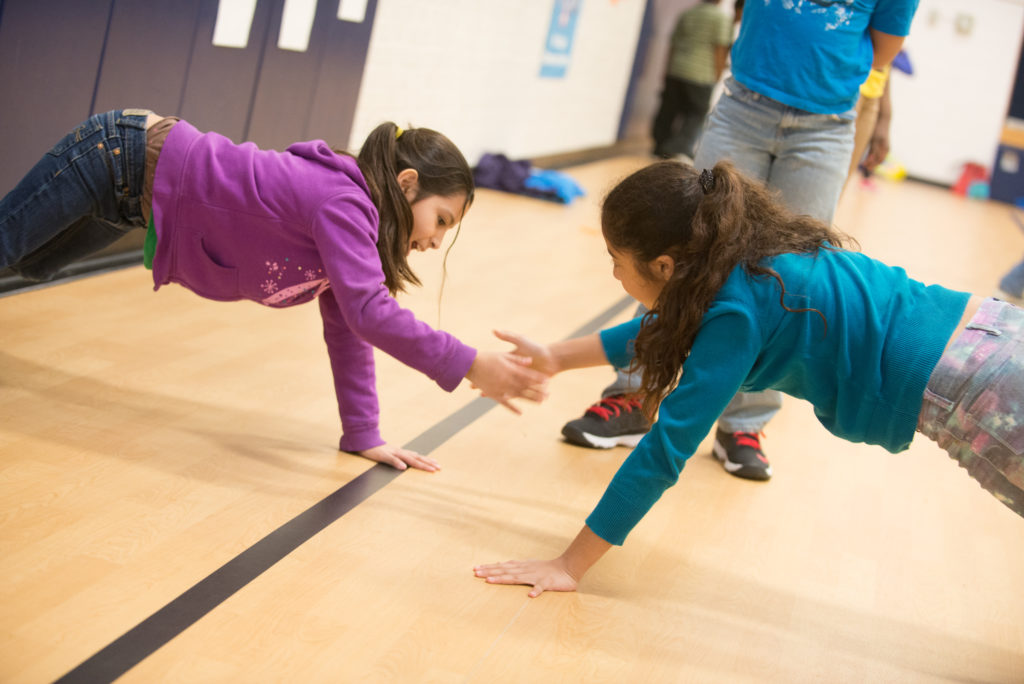
It’s 1:30 in the afternoon, and our class is preparing for language arts block. Recess and lunch seem like hours ago, and we still have an entire content area left to teach. As my co-teacher and I begin to set up for the lesson, we notice Jenna rocking in her seat, Daniel tapping his pencil incessantly, and Christian gone—signed out to use the restroom yet again. Suddenly we realize what all these bothersome behaviors have in common: movement.
As we talked over our observations, my co-teacher and I reminded each other how important movement is to humans—especially children. Movement increases oxygen and blood flow, enhancing alertness and helping students keep bodies and minds engaged in the task at hand. That engagement helps reduce off-task behaviors, which makes classroom management easier. And because movement activities can be fun and engaging for all members of the class, they help create a positive learning community. Plus, movements included during a lesson can actually reinforce the skills being taught. Far from interfering with learning, then, movement actually increases it.
After that bumpy afternoon, we dedicated ourselves to giving our students more opportunities to be active throughout the day, every day. When they’ve been sitting too long, we offer a quick energizer for a brain and body break. We add extra movement as we transition from one activity to another. And we build movement right into many of our lessons, using it to preview, teach, or review a skill.
To get you started, here’s a language arts activity that you can easily adapt to fit your own grade level. Have fun, and keep moving and learning!
Find or create sentences or paragraphs with incorrect grammar.
Feel free to devise your own movements or brainstorm some with your class. Students can use the movement chart for other editing lessons and for peer editing during writing workshop.
| Capitalize a letter: | Raise hands above head |
| Add period: | Squat and bend knees to chest |
| Add comma: | Squat; then raise and curl right hand |
| Add exclamation mark: | Jump up and then stomp feet |
| Add question mark: | Raise both arms and curl hands to left |
| Add apostrophe: | Stand on toes; raise right arm and bend it at elbow |
| Insert quotation marks: | Raise hands and bend left and right index finger |
For more dynamic movement breaks to help your students refocus and recharge, check out Energizers! 88 Quick Movement Activities That Refresh and Refocus (for elementary) and Refocus and Recharge! 50 Brain Breaks for Middle Schoolers (for middle school).